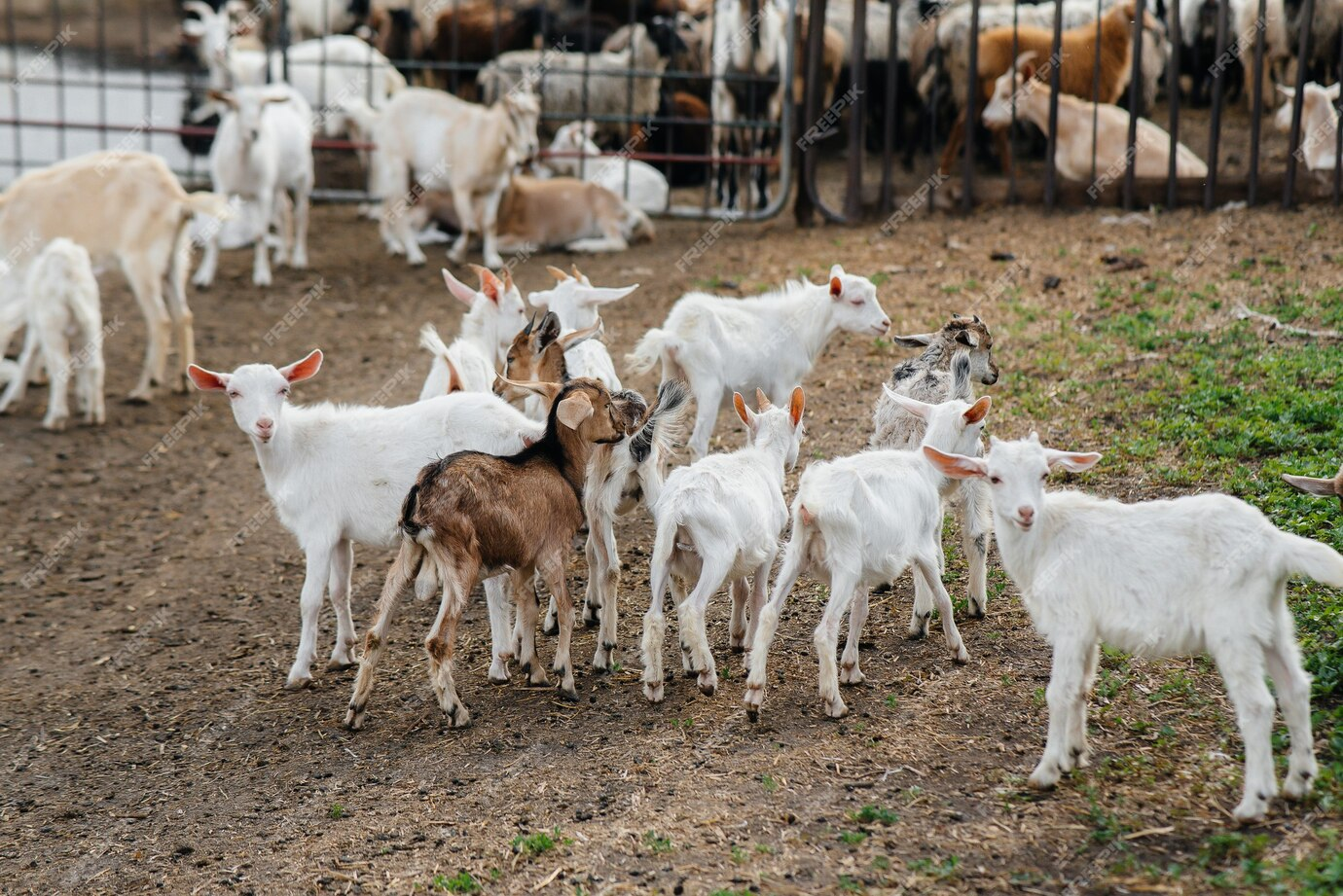
THE rate at which agroecology and other sustainable food production practices are gaining momentum across Africa is inviting indigenous valuation systems informed by social elements that may have nothing to do with dollars and cents.
A strong view is emerging to the effect that formal systems and technologies should not override price setting.
This is contrary to cases where buyers who visit rural areas to buy livestock and crops often insist on using weighing scales or kilogrammes to determine the price of what they will be buying.
While this practice might look innocent, it perpetuates unfair trade by undermining farmers’ latitude to value their commodities using their own local and indigenous determinants of value.
Indigenous grains like Bambara nuts (nyimo), groundnuts (nzungu/amazambani), small grains, cowpeas (nyemba/indumba) and many others have different characteristics and varieties each of which has its own advantages that should be translated to different prices.
They cannot all be sold in kilogrammes and tonnes because these colonial measurements suppress the uniqueness in each indigenous variety.
More importantly, these commodities are not only bought and sold for consumption like maize or beef.
Some are bought for rearing, some for storing value and socio-cultural purposes which cannot be fully expressed through a weighing scale or dollars and cents.
- Zim farmers embrace agroecology
- Farmers urged to venture into agroecology
- Cultivating agroecology in Global South
- Sustainable farming transforms Shashe community
Keep Reading
African mass markets provide space for each commodity to be defined in diverse ways.
What makes African territorial markets different from neoliberal formal markets is the ability to provide space for each commodity to be defined in line with different uses beyond just consumption.
In the territorial mass market, the scale is not the only instrument for measuring a commodity’s value for purposes of pricing.
For instance, the Mbare market in Harare, white finger millet can be priced at US$40/bucket, while red finger millet is sold for US$28-US$30/bucket.
When a scale is used to measure these two different commodities, it gives these commodities the same value, yet white finger millet commands a higher price because it has gained preference among young consumers.
Such intelligence and value can only be learned in the mass market, where colour, taste, aroma and other natural flavours influence the price and value of a commodity more than kilogrammes, dollars and cents.
In addition, behind the setting of prices are calculations that enable farmers to buy other commodities like sugar and flour or pay school fees after selling a commodity.
That is why it is common to hear a farmer saying to a buyer: “How can you give me money that cannot buy a packet of sugar?”
Such pricing models also influence barter trade, where, for instance, a bucket of maize can be exchanged with 4kg of sugar.
The socio-cultural dimension of measuring and attaching value to food commodities
As part of advancing agroecology, it is not too late for African countries to decolonise units of measurement by developing and modernising indigenous units of measurement such as weaved baskets/tswanda, dengu, mbukuro, dende/igula, clay pots and large gourds that have been part of indigenous expressions of value for generations.
More importantly, these critical units of measurement were derived from natural resources and should be part of agroecology.
That means agroecology products should not be measured entirely using colonial measurements like weighing scales, litres and tonnes.
In African communities that have preserved their values, indigenous units of measurement have an in-built expression of respect.
For instance, with respect to traditional beer, there is a standard measurement for the chief or village head (hari yaMambo or hari yaSabhuku).
There is even a community standard clay pot for cultural ceremonies (hari yemusumo) imbued with cultural boundaries in terms people who are culturally allowed to drink from hari yemusumo.
Depending on ceremonial events, there is also a clay pot for sons-in-law (hari yevakuwasha).
These measurements reinforce social structures and value distribution of food with embedded recognition and dignity.
Although, traditionally, beer brewing had a commercial angle, there was always a small measurement for tasting, with the village head given a slightly bigger beer container (mukombe) for tasting as part of extending social values.
Unwritten but very powerful units of measurements
It is important that many African communities have retained these units of measurement that resonate with cultural significance which cannot be translated to dollars and cents.
African territorial markets have borrowed and extended these traditional socio-cultural units of measurement where a consumer should be given an opportunity to taste.
Most of the measurements are not written on a label and stuck on a container like what happens in formal commercial systems with the expectations for consumers to read labels. Instead, the benefits of indigenous units of measurement are communicated directly to consumers who visit the territorial market, where they also influence packaging by suggesting how commodities can be arranged into heaps or several ways of arranging food commodities.
By breaking bulk, mass markets also rationalise commodities supplied in smaller units so that everyone gets something.
The gender dimension to units of measurements
Given the central role of women in food systems, women’s knowledge has traditionally been used to influence units of measurement.
For instance, mothers and women know the size of clay pots that will be used in case of a particular number of visitors.
Women also have the right and power to determine how much a chicken or a goat should be sold or exchanged with other commodities.
Women also know the value of baskets, gourds, clay pots, mikombe, rusero and other units of measurement.
On the other hand, men determine the value of large commodities like cattle and big granaries of grain.
African mass markets have translated most indigenous units of measurements from farming communities to urban households, where women continue to influence purchasing decisions and consumption patterns, notwithstanding the fact that in hotels, the majority of chefs are men.
In territorial markets where commodities are supplied in 50-60kg bags, women influence breaking of bulk by introducing punnets, cups and 5-litre tins, among other small units.
This is because women are much closer to understanding consumer needs than men.
When consumers buy commodities like potatoes and tomatoes from territorial markets after bulk is broken, they pick from 5–10 heaps without using kilogrammes. Permission to grade also gives consumers a choice.
By ignoring indigenous units of measurement, African policymakers are underrating local systems and preference of home-grown systems.
That is why communities end up resorting to an underground economy.
Instead of imposing market structures, African governments should learn from mass markets how communities have their own ways including different payment methods.
- Charles Dhewa is a proactive knowledge broker and management specialist











